
Article Updated on October 11, 2022
Related Articles: Best Fuzz Face Clones | Best Tone Bender Fuzz Clones | Muff-Style Fuzz Pedals
| Click to quickly browse through the pedals in this article |
Click here for a Brief History of the Univox Super-Fuzz
How Does A Super Fuzz Sound? Cloning the Super-Fuzz How We Compiled this Super Fuzz List Without further ado then, here are 19 of the best Fuzz Face pedals, divided into two lists: Clones and Evolutions. Being a reissue of the original, released by the same company that launched the Super Fuzz, this model is as close as it gets to the vintage units. (“Honey Co. Ltd” is the original creator of the pedal). It features the same circuit and high-quality parts as the ’67 unit, including NOS carbon comp resistors and Matsushita/Panasonic transistors. At almost $500 it may break some budgets. — The Black Cat is an excellent option if you simply want a modern version of the FY-6 circuit. Built in the U.S. with NOS germanium diodes, metal film resistors, and audio grade capacitors, the Black Cat Super Fuzz doesn’t try to do anything but provide you with a reliable version of the classic Super Fuzz sound. — Click title for a video. Buy it from: Sweetwater | Thomann | Amazon. This entry into JHS’ Legends of Fuzz lineup is modeled after Josh Scott’s own 1972 Univox Super Fuzz. Aside from the standard controls of Volume, Expander, and Tone switch, the Supreme comes with a “JHS mode” switch, which brings the upper octave to the forefront and pushes more mids and more volume into your amp. — An octave fuzz in the 1960s spirit of the Super Fuzz and Octavia pedals, the Octane was Zachary Vex’s very first pedal! The controls are input gain, output volume, and mid-scoop. There is a ton of gain on tap and plenty of chaotic ring-modulated goodness. — A quirky yet popular modern replica of the Super Fuzz circuit, but with a tone knob instead of the two tone mode switch. This is a handmade fuzz that lives up to its bad-ass name (it’s also known as Ron F***ing Swanson Superfuzz) and enclosure. — London fuzz experts Fredric Effects make several variants of the Super Fuzz. Their Super Unpleasant Companion combines the FY-6 with the similar but even more rudimentary Companion FY-2 fuzz in the same enclosure. You can choose between a smaller modern enclosure or the vintage wedge shape that the first Super Fuzzes came in. — California-based LOE are two women in the industry building unique small-batch pedals. Their Super Fuzz stays true to the original circuit but changes the tone switch to a potentiometer for modern versatility. Built with vintage NOS transistors and diodes, each pedal also ships in a one-of-a-kind enclosure. Maxon makes two pedals based on the Super Fuzz: the Air which is a straight-up replica of the FY-6 circuit and the Ether which takes the same topology and adds a parametric EQ. A frequency knob and a boost/cut control allow you to precisely select the frequencies you wish to effect. — Wattson’s boutique take on the Super Fuzz goes more in-depth with knobs to control the tone and how pronounced the upper octave is. Besides those additions, this is a vintage-accurate reproduction of the original circuit. — A handmade Super Fuzz clone from Spain. Ananashead uses matched NOS transistors and diodes in their spot-on replica. The pedal also comes with an internal trim pot that will change the balance between noise and octave. See also Ananashead’s v2 version, which includes knobs to control the tone and octave effect. — — Named after the appropriately cacophonous Nine Inch Nails EP, the JPTR Add Violence uses high gain transistors and vintage Russian NOS germanium diodes to produce brutal clipping results. The huge bass boost available makes this pedal perfect for heavy music of all kinds, but a diode switch can be engaged to access rich and creamy vintage fuzz tones. Three internal trim pots allow you to tweak the upper octave effect to your liking, change the amount of clean blend present in the signal, and add up to 16db of boost. — Click title for a video. Buy it on Reverb. A Norwegian collaboration between Fjord Fuzz and psych-rock bassist Bent Sæther, the Fenris uses the colorful preamp from the Roland Space Echo at its input stage. The Fenris’ fuzz sound is thick, churning and bass-heavy, and comes with controls for an upper octave, noise gate, and notch filter for drastically transforming the tone and touch response. — The FY-6 style octave fuzz is the basis for this pedal, but the “Plus” refers to basically another whole pedal – a wah-like filter that can move on its own based on the speed knob, or be controlled via an expression pedal. Not only that but the way the filter moves can change based on selectable waveshapes or step sequencer. The fuzz section is just as tweakable, with a midrange control, high-end roll-off switch, and three flavors of clipping. See also the plain SolidGoldFX 76 if you are more interested in the company’s take on the fuzz alone. — Brian Hamilton in Philadelphia is making some of the coolest effects for the modern guitarist today. The Buzzz is his extra versatile take on the Super Fuzz circuit. It includes a low/high gain toggle, a germanium/silicon clipping toggle, a footswitchable octave, and a footswitchable “tone blast,” aka mid push. Voltage starve and treble knobs round out this feature-rich yet intuitive fuzz machine. Click title for a video. Buy it on Reverb. A Univox Super Fuzz-inspired circuit with a host of filtering and tone sculpting features, an envelop controller linked to the filter, and two footswitchable filter settings. Its design was inspired by the bass fuzz sound of Beastie Boys’ Adam Yauch in the band’s song Gratitude. — Hand-built in Austin, TX by audio engineer and tech David Evans McDonald, this boutique pedal shrinks the Super Fuzz down to mini size and modernizes the features set. Knobs for diode biasing and mid-scoop have been added to the circuit, as well as an internal “Clean Up” trim pot for making the fuzz more responsive to your guitar volume. The footswitch is also able to be either latching or momentary for blasts of fuzz. — Another handmade boutique option, the Knuckle Dragger intends to stay true to the Super Fuzz while simply adding many more options for tone shaping. Tone, Evolve, Mids, and Texture knobs all serve to modify the sound of the fuzz from chaotic velcro-like gated fuzz to tight and compressed distortion, to smooth singing sustain. The discontinued Boss Hyper Fuzz was one of the first Super Fuzz Clones, and the Demon Lung is a clone of that. The Boss pedal had two very different sounding fuzz modes on a toggle switch, which the Demon Lung changes to a footswitch while adding several useful features. A clean blend allows you to retain clarity, and low, mid, and high knobs give you near-endless tone-shaping possibilities. — This is the most aggressive fuzz the boutique St. Louis pedal makers Bearfoot offer. The Candiru is a gated fuzz monster with a knob for controlling how much of the neck you want the octave up to be heard on, as well as a Nature control that will cover smooth 60s fuzz up to modern ripping velcro. — Polish builders Sitek’s Pandora is a deceptively simple Super Fuzz. The tone knob adds highs to your sound, while the color control can transform the fuzz from saturated and compressed to open and dynamic. A clipping switch allows you to choose between germanium and silicon diodes.
If there was one word to describe the Univox Super Fuzz, “gnarly” would suffice. Out of the big four fuzzes consisting of the Fuzz Face, Tone Bender, and Muff, the Super Fuzz is capable of the crudest and most brutal square wave distortion, achieved via germanium clipping diodes. Its signature effect, the octave-up created from full-wave rectification, is not clean and does not track well with your playing. Yet it is sought after by guitarists and bassists all over the world because of its complex and beautifully discordant ring-modulated sound.
Although the vintage unit was discontinued in the early ‘80s, today there are more pedals based on the circuit than ever before. The FY-6 has claimed its place as a titan of fuzz, and several boutique pedal builders create spot-on replicas of the old units. Others expand and modernize the FY-6’s feature set while still keeping that gnarly octave fuzz that we all love at the core of the design. Here are some of the best of both of those categories.
This article was compiled by researching online reviews and sales data regarding this niche of fuzz pedals. Some editorial license was taken when deciding what order to put these in. All of these pedals will give you the Super Fuzz sound, it is up to you to decide how close you want to stay to the original design, how much you want to spend, and how boutique you want to go. The videos we are linking to should help you make your decision.Best Super-Fuzz Replicas and Clones
• Honey Baby Crying FY-6 Super Fuzz
• Black Cat Super Fuzz
• JHS Pedals Supreme

• ZVEX Octane 3
• IdiotBox Ron Swanson
• Fredric Effects Super Unpleasant Companion
• LOE Super Fuzz
• Maxon Fuzz Elements Ether
• Wattson EFY-6 Fuzz
• Ananashead Superfuzz
Best Super Fuzz Evolutions
• JPTR Add Violence
• Fjord Fuzz Fenris

• SolidGoldFx 76 Plus
• SmallSound/BigSound Buzzz
• TWA Wahxidizer

• DeadFx I Can’t Feel My Face Super-Fuzz
• Wilson Effects Knuckle Dragger
• Abominable Electronics Demon Lung
• Bearfoot FX Candiru
• Sitek Pandora Fuzz

















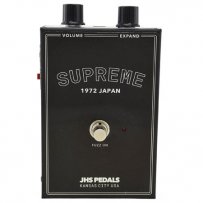



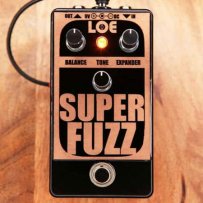







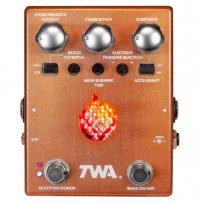

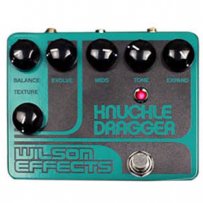









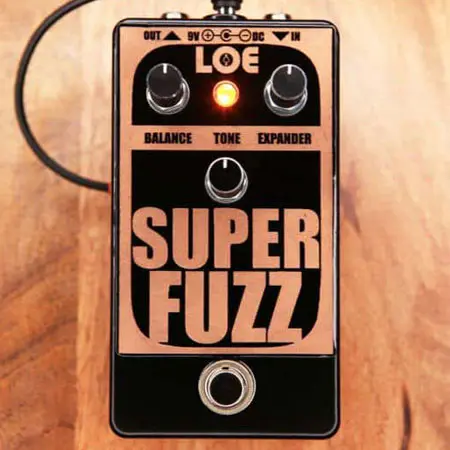




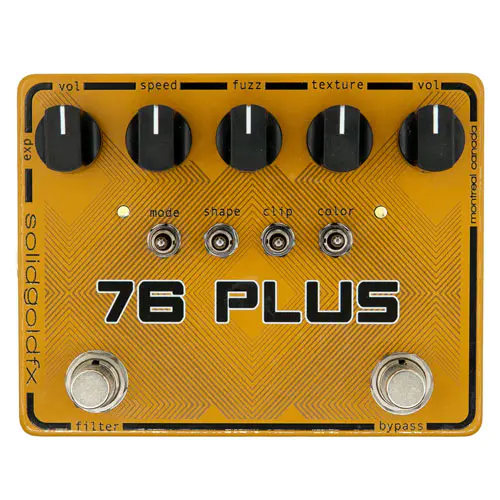
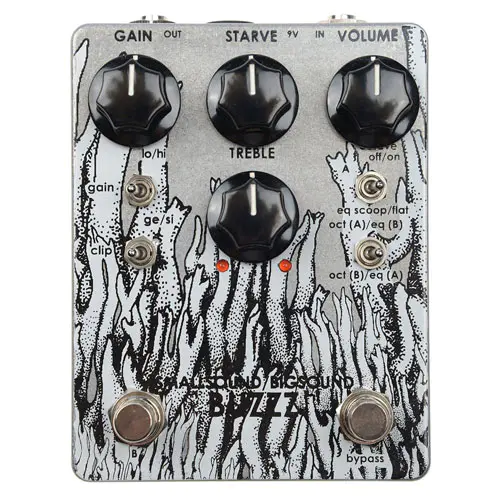
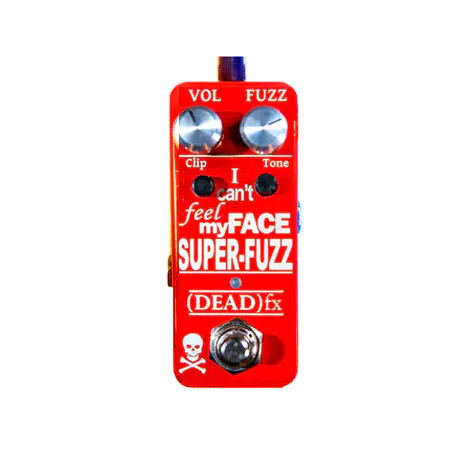












5 comments
Emanuele R says:
Jun 15, 2021
Why don’t you list the boss FZ2? It’s a superfuzz on steroid with one of the best active eq ever…Electric wizard use It…
Paolo says:
Jun 15, 2021
Thanks for pointing that out, we are only listing pedals currently in production, and I believe the FZ-2 was discontinued several years ago.
Nate H says:
Jun 15, 2021
After a Beringer SF-300, Arcardia BYOP kit, DeadFX ICFMF, I settled on the Keeley Electric Mudd. It just worked better with a variety of guitars, pickups, and amps. Maybe a bit tame for some but I can slam it with a TS9 after and it dooms real f***ing well.
Ontorrr says:
Dec 20, 2021
Christ, at least mention the twenty-five dollar Behringer clone for people without the cash for boutique markups.
Daniel says:
Nov 21, 2022
Great review, Brian Hamilton in Philadelphia is making some of the coolest effects